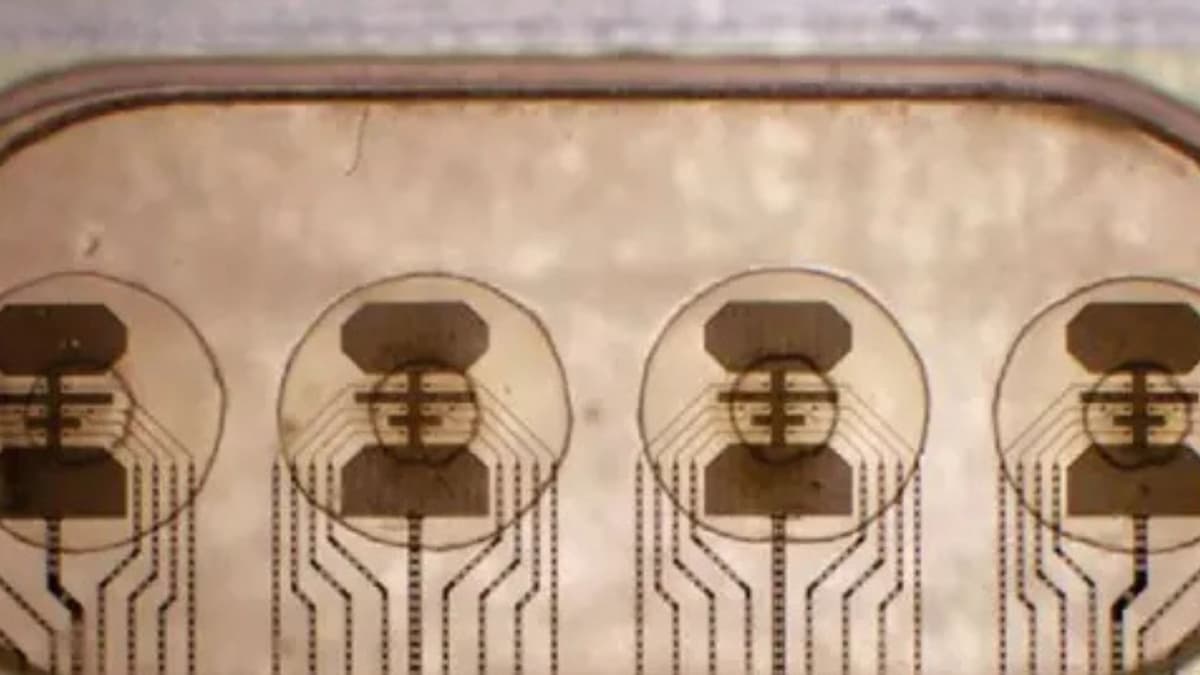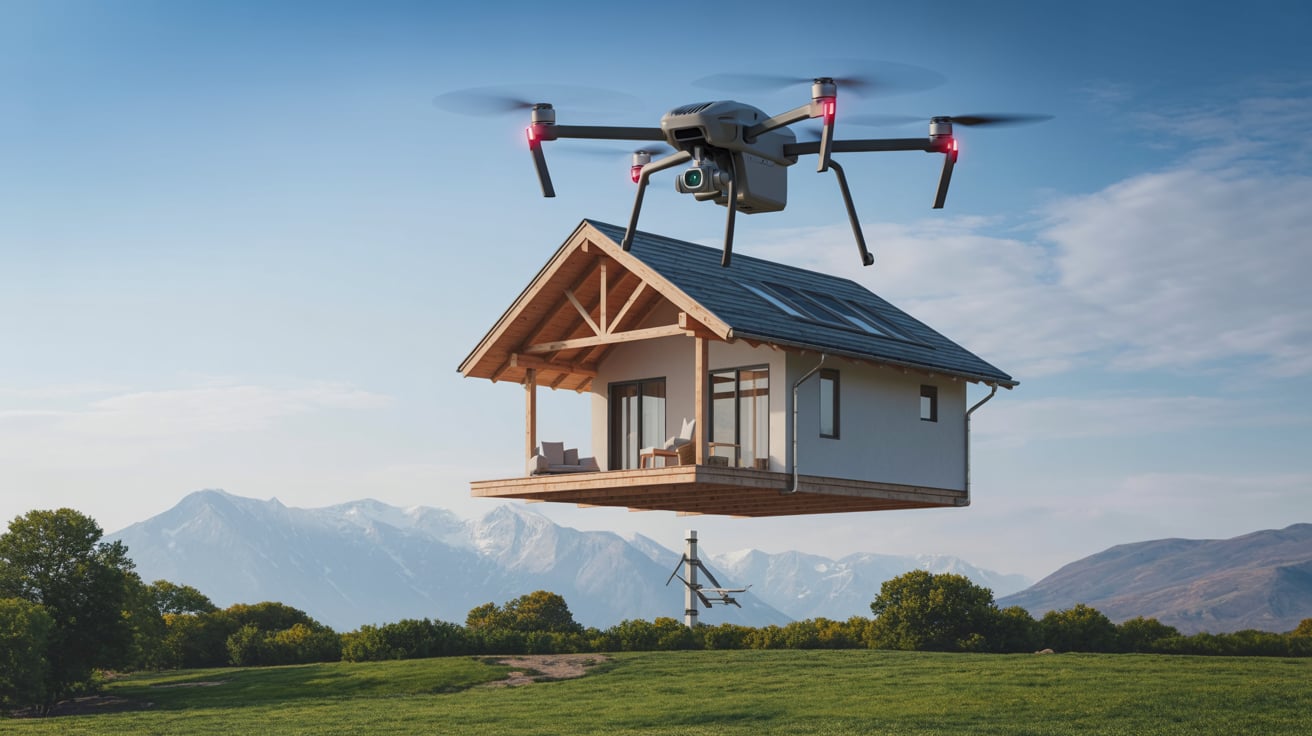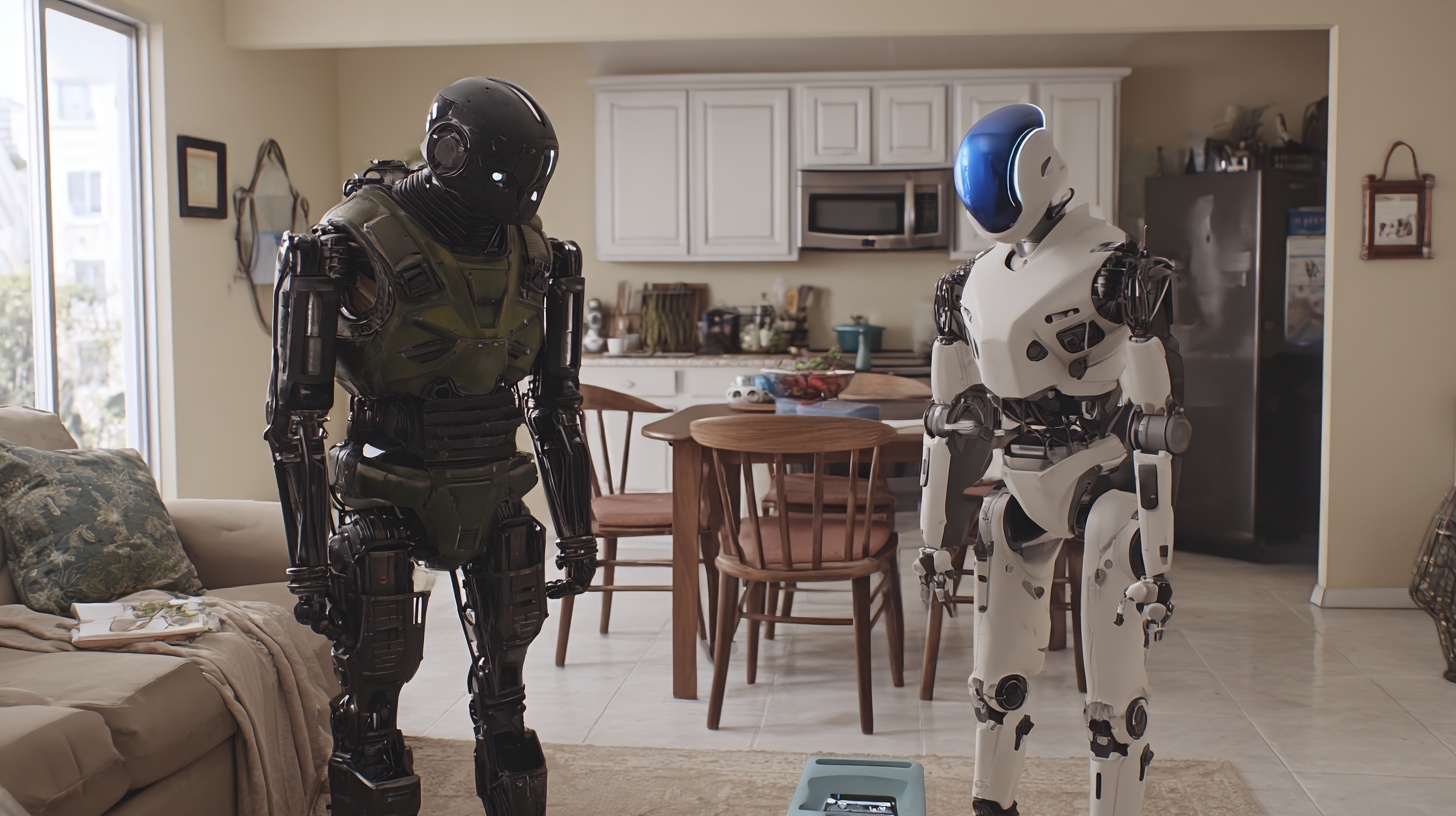Motorcycles and scooters have always lived in the liminal space between convenience and danger. They promise speed, freedom, and agility, but at the cost of helmets, leathers, and the ever-present awareness of risk. BMW Motorrad, however, is reimagining that equation with a new concept that could make the two-wheeled experience safer, more accessible, and infinitely more futuristic: the Vision CE self-balancing scooter.
Continue reading… “BMW’s Vision CE: The Scooter That Wants to Redefine Urban Freedom”The House of Earth and Code: How 3D Printing is Rewriting the Rules of Construction
Concrete has dominated architecture for more than a century, shaping everything from suburban homes to megacities. But in Japan, a quiet revolution is underway—one that replaces cement with earth, sensors, and code. The result? A home that is both ancient in material and futuristic in execution.
The project, called Lib Earth House B, is the latest milestone from Japanese firm Lib Work in collaboration with Italian 3D printing pioneer WASP. Using the massive Crane WASP 3D printer, which was first unveiled in 2018 with the prototype “Gaia,” the team built an entire 100-square-meter residence without a single bag of cement. Instead, they relied on earth-based materials, locally sourced and layered into form with additive manufacturing.
Continue reading… “The House of Earth and Code: How 3D Printing is Rewriting the Rules of Construction”When Bacteria Replace Silicon: The Coming Age of Living Computers
The most powerful computers of tomorrow may not hum inside climate-controlled data centers or be etched into silicon wafers. They may be alive. At Rice University in Texas, a team of scientists has secured nearly $2 million from the National Science Foundation to explore what could become one of the most disruptive computing revolutions in history: transforming bacteria into programmable digital processors.
The logic is simple but radical. Each bacterial cell acts as a tiny processor.
Continue reading… “When Bacteria Replace Silicon: The Coming Age of Living Computers”The Rise of HELIX: How the First Trillion-Dollar AI-Managed Company Changed Everything
By Futurist Thomas Frey
The headline that broke at 3:47 AM Eastern on March 15, 2038, sent shockwaves through every financial market on the planet: “HELIX Becomes First Trillion-Dollar Company Managed Entirely by Artificial Intelligence.”
What made this moment historically unprecedented wasn’t just the valuation—it was that no human being had made a strategic decision at HELIX for over eighteen months.
Continue reading… “The Rise of HELIX: How the First Trillion-Dollar AI-Managed Company Changed Everything”The Drone Revolution: Racing Toward Aviation’s Next Historic Firsts
By Futurist Thomas Frey
How tomorrow’s changemakers will earn their place in history through pioneering achievements in unmanned flight
Few of us remember the second person to circumnavigate the globe or the second company to deliver a package by air. History belongs to the firsts, and the rapidly evolving world of drone technology presents an unprecedented opportunity for visionaries to claim their permanent place in the record books.
Every emerging technology produces a cascade of “firsts” that define its trajectory and potential. From Orville Wright’s 12-second flight to Chuck Yeager breaking the sound barrier, aviation’s pioneers shaped how we understand what’s possible in the skies. Today’s drone technology stands poised to generate its own wave of historic achievements—but which will prove most significant?
Continue reading… “The Drone Revolution: Racing Toward Aviation’s Next Historic Firsts”The Hollow Fiber Revolution: How Air-Filled Fibers Could Reshape the Internet
The future of the internet may not lie in more powerful servers or bigger data centers, but in a strand of glass that is—ironically—mostly empty. Scientists at the University of Southampton have developed a radical new hollow-core optical fiber that carries light through air instead of solid glass. The result? Data that moves faster, farther, and with a thousand times more transmission power than today’s networks can handle.
This isn’t just a tweak to existing fiber optics—it’s a potential upheaval in how the world moves information.
Continue reading… “The Hollow Fiber Revolution: How Air-Filled Fibers Could Reshape the Internet”How Military Kill-Bots May Infect Your Domestic House-Bots
By Futurist Thomas Frey
The death algorithm is already written.
Right now, in classified labs across the globe, military engineers are perfecting code designed to identify humans and eliminate them with mechanical precision. These aren’t theoretical weapons systems—they’re operational killing machines that can hunt, target, and execute without a single human pulling a trigger. The age of autonomous warfare has arrived, and with it, a threat that extends far beyond any battlefield.
Your house-bots are about to become collateral damage.
Continue reading… “How Military Kill-Bots May Infect Your Domestic House-Bots”Engines Hotter Than the Sun: The Microscopic Machines Redefining Thermodynamics
When most people think of engines, they picture pistons, turbines, or rockets roaring with fire. But the next revolution in engines is happening at a scale so small it’s invisible to the human eye. A team of researchers at King’s College London has just built the hottest engine in the world—not in a power plant or a jet, but in a vacuum chamber using a single glass bead smaller than a red blood cell. The effective temperature of this microscopic engine? Sixteen million kelvin, rivaling the core of the Sun.
Continue reading… “Engines Hotter Than the Sun: The Microscopic Machines Redefining Thermodynamics”When Lightning Turns Into Data: NASA’s Real-Time Pollution Tracking Breakthrough
For centuries, lightning has been the ultimate spectacle of raw nature—flashes of white fire splitting the sky, thunder rolling across landscapes, and power surging through the air. But behind the drama lies chemistry, and for the first time, scientists have captured that chemistry in motion from space. It turns out that lightning isn’t just a light show—it’s also a surprising player in the global story of pollution, air quality, and atmospheric balance.
A team at the University of Maryland, working with NASA’s TEMPO instrument, has managed to track nitrogen dioxide released by lightning strikes in real time. This isn’t just scientific curiosity—it’s a leap in how we understand the chemistry of storms and their impact on the air we breathe. Unlike car exhaust or industrial stacks, which dump pollutants at ground level, lightning injects nitrogen oxides high in the atmosphere, where they are especially potent at triggering ozone formation. That ozone can then drift back down, sometimes impacting communities far from the original storm.
Continue reading… “When Lightning Turns Into Data: NASA’s Real-Time Pollution Tracking Breakthrough”Rethinking the Raspberry: DNA-Free Gene Editing Opens a New Chapter in Precision Agriculture
What if the future of agriculture isn’t about genetic modification as we know it, but about rewriting nature with surgical precision—without leaving any foreign DNA behind? That’s the promise emerging from Cranfield University in England, where researchers have just achieved the world’s first DNA-free gene edits in raspberry plants using CRISPR technology. This breakthrough could mark the beginning of a new agricultural era where crops are enhanced for taste, shelf life, and resilience, all while sidestepping the heavy regulatory baggage that has slowed the acceptance of genetically modified organisms.
Continue reading… “Rethinking the Raspberry: DNA-Free Gene Editing Opens a New Chapter in Precision Agriculture”China Achieves 22% reduction in aerodynamic drag: High-Speed Trains at 248 mph and Beyond
When a train pushes past 200 miles per hour, it stops being just a train. It becomes a battle with the air itself. At these speeds, aerodynamic drag is no longer a minor nuisance—it is the single largest force standing in the way of efficiency, safety, and speed. Now, a team of engineers in China has made a breakthrough that could reshape the future of high-speed rail: a 22% reduction in aerodynamic drag at 248 mph (400 km/h).
That number may not sound dramatic at first glance, but in the world of transportation engineering, it is staggering. At 248 mph, drag increases by nearly 30% compared with trains running at the more common 217 mph. Every bit of resistance translates into massive amounts of wasted energy, higher operating costs, and limits on how fast and far these machines can run. Reducing drag by 22% is like unlocking a secret door into the future of rail travel.
Continue reading… “China Achieves 22% reduction in aerodynamic drag: High-Speed Trains at 248 mph and Beyond”When Cars Learn to Hear: The Next Leap in Autonomous Intelligence
For more than a decade, the race to build autonomous vehicles has focused on vision. Cameras, lidar, and radar have been tasked with teaching machines to “see” the world as humans do. But sight alone doesn’t tell the whole story of the road. Humans don’t just drive with their eyes—they also rely on their ears. Now researchers are adding that missing sense to machines, and the result could redefine what it means for a car to be truly aware.
At the Fraunhofer Institute for Digital Media Technology in Germany, engineers have unveiled The Hearing Car, a prototype equipped with microphones and acoustic AI designed to interpret the sounds of the street. It’s not a gimmick. Sirens from ambulances, horns from impatient drivers, or the chatter of pedestrians often precede visual cues. Being able to recognize and react to these sounds could give autonomous systems the extra milliseconds they need to avoid disaster.
Continue reading… “When Cars Learn to Hear: The Next Leap in Autonomous Intelligence”












